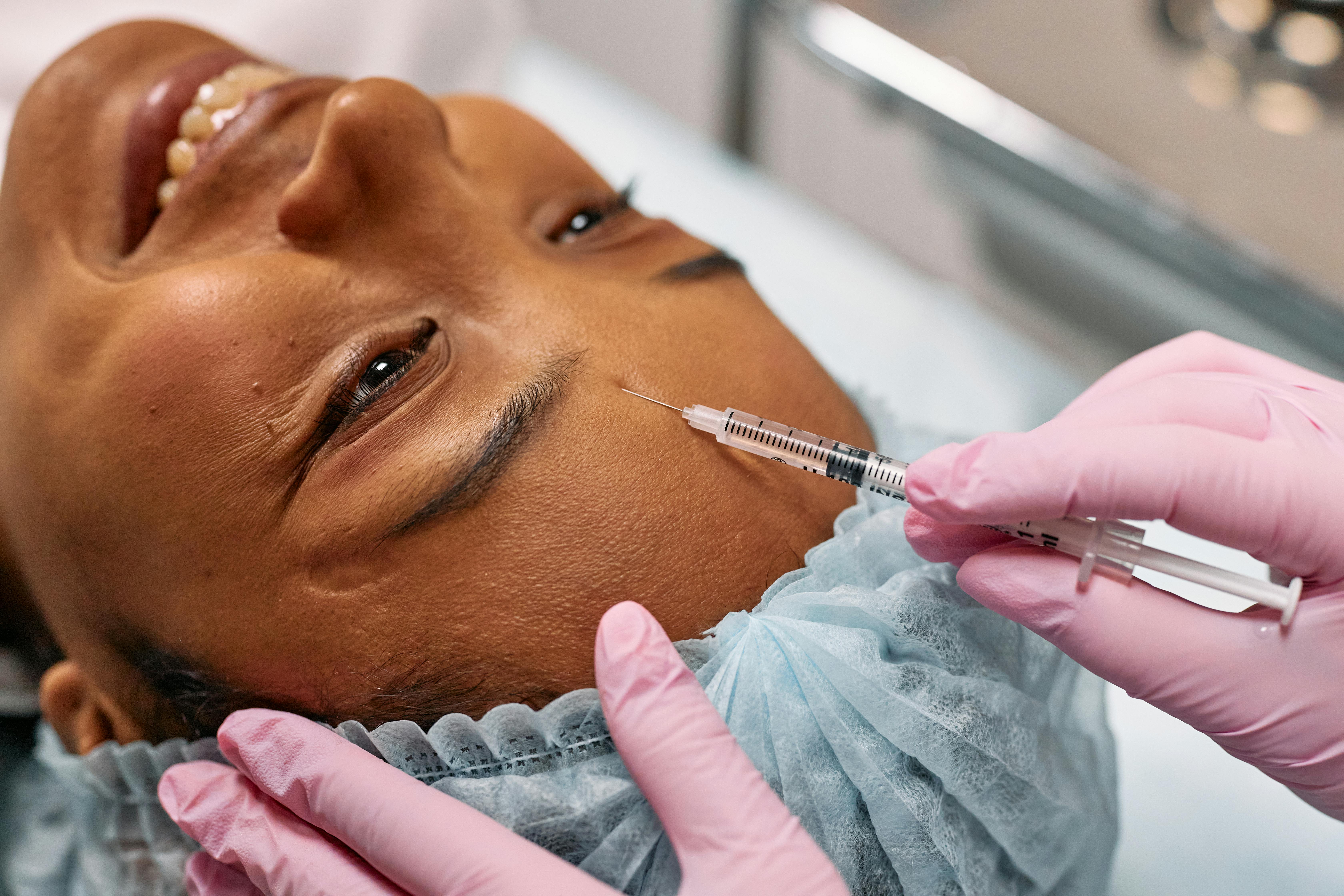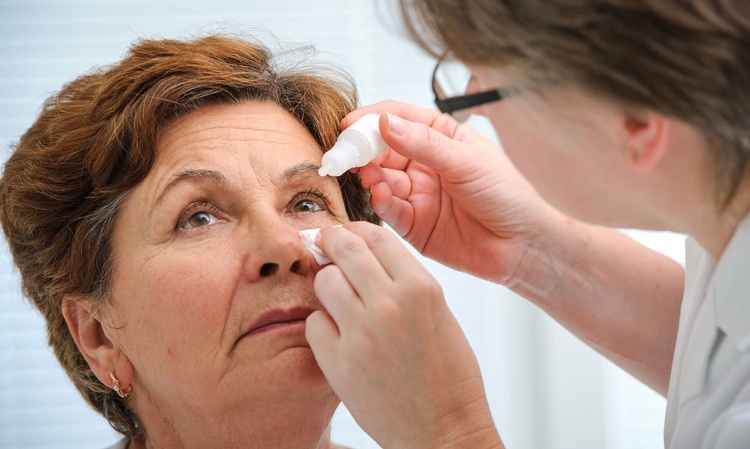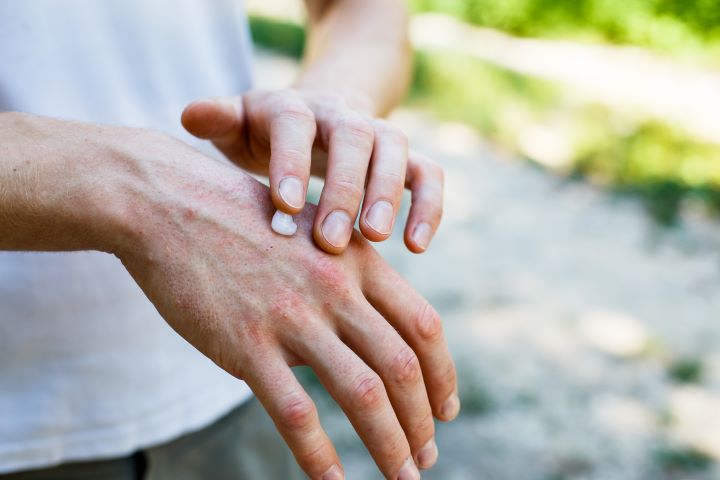Unmasking the Science of Botox: Beauty's Powerful Ally
Botox, a purified form of botulinum toxin, has become the darling of the beauty industry. As a non-invasive treatment that can banish wrinkles and fine lines, it has revolutionized the world of cosmetic dermatology. But Botox is not just about beauty. It has a fascinating history, a strong scientific basis, and a wide array of medical applications. This article delves into the history, science, current relevance, and cultural impact of Botox.

The Unexpected Origins of Botox
Botox’s origins can be traced back to the 19th century when German physician Justinus Kerner was studying food-borne botulism. He discovered that a tiny amount of botulinum toxin could cause muscle paralysis. This laid the groundwork for the development of Botox, but it wasn’t until the 1980s that it became a household name.
Dermatologist Dr. Richard Clark and ophthalmologist Dr. Alan Scott initially used Botox for medical purposes, such as treating eye muscle disorders and excessive sweating. It was during these treatments they noticed an interesting side effect – the softening of wrinkles. This discovery ignited interest in Botox as a cosmetic treatment.
The Science Behind the Magic
The magic of Botox lies in its ability to block nerve signals in the muscles where it is injected. This causes temporary muscle paralysis, which smooths out wrinkles and fine lines. Botox has a unique mechanism of action, and its effects are localized, which makes it a safe and effective treatment.
Botox’s revolutionary science is not just skin-deep. It has proven effective in treating a range of medical conditions, including migraines, overactive bladder, and even depression. This versatility has secured Botox’s place in the medical field while also boosting its reputation in the beauty industry.
Botox as a Mainstay in Modern Beauty
Botox has become a mainstay in the world of beauty, thanks to its quick and noticeable results. Unlike invasive surgical procedures, it requires no downtime and offers a relatively painless way to achieve a youthful look. The procedure’s popularity has skyrocketed, with millions of Botox treatments performed annually worldwide.
Moreover, Botox has transcended age groups and genders. It is no longer seen as a treatment solely for middle-aged women. Younger individuals are getting preventative Botox treatments, and more men are embracing its benefits. This shift in perception has driven the popularity of Botox, making it a pivotal player in the beauty industry.
The Cultural Impact of Botox
Botox has had a significant cultural impact. It has changed societal attitudes towards aging, with many seeing it as a tool for empowerment. The rise of social media and the growing acceptance of cosmetic treatments have further propelled Botox’s popularity.
However, it has also sparked debates about beauty standards, ageism, and body autonomy. Critics argue that Botox promotes an unrealistic beauty ideal and pressures individuals to conform to youth-centric ideals. Proponents, on the other hand, view it as a personal choice that boosts self-esteem and self-confidence.
Future Directions for Botox
As Botox continues to evolve, new treatments and applications are being developed. Advanced techniques are making Botox treatments more precise and personalized. Researchers are also exploring its potential in treating conditions like arthritis and chronic pain.
The beauty industry’s future appears promising with Botox at its forefront. As science continues to unravel its potential, Botox is likely to become even more integral to both beauty and medicine. As with any treatment, it is essential to approach Botox with informed decision-making, understanding its benefits and potential risks.
In conclusion, Botox has transformed the beauty landscape. Its unexpected origins, scientific basis, and wide array of applications make it a fascinating subject. From a scientific curiosity to a beauty mainstay, Botox has a unique story that underscores the intersection of science, beauty, and culture.




